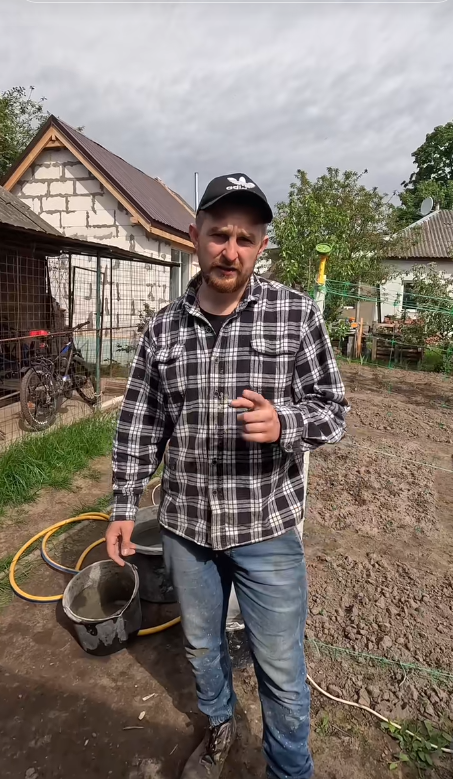
When you hear the phrase “45 degree slopes,” it may conjure up images of steep mountainsides, daring skiing descents, or even tough construction challenges. A 45-degree slope is more than just a number—it’s a symbol of balance between vertical and horizontal, between risk and control. Whether in nature, sports, architecture, or agriculture, slopes of this steepness present unique challenges and opportunities. In this article, we will explore the nature of 45-degree slopes, their practical implications, and the ways in which humans interact with and manage such inclines.
What Is a 45-Degree Slope?
A 45-degree slope means that for every unit of vertical rise, there is an equal unit of horizontal run. In geometric terms, this forms an angle of 45 degrees with the horizontal surface. This results in a slope that is very steep—equal to a 100% grade. It is commonly found in mountainous regions, hilly terrain, and even in man-made structures such as roofs or embankments. The key feature is the equality of the rise and run, which makes such slopes visually striking and physically demanding.
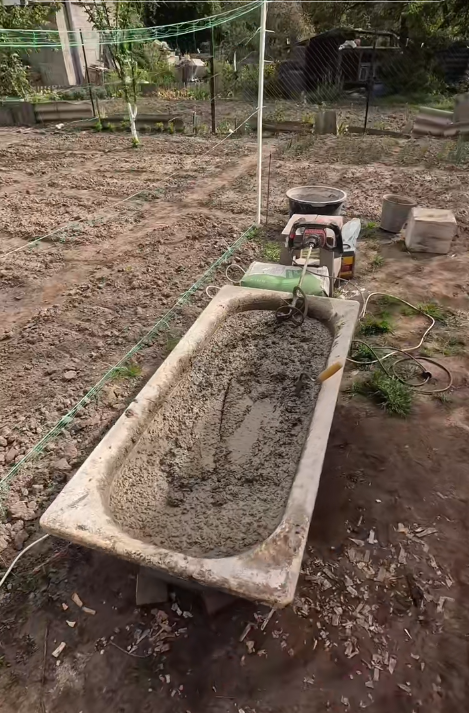
Natural Occurrences of 45-Degree Slopes
In the natural world, 45-degree slopes are frequently found in mountainous terrains, cliff sides, and volcanic landscapes. These steep inclines are often unstable due to erosion, weathering, and gravitational pressure. Landslides and rockfalls are common risks in such areas, especially after heavy rainfall or seismic activity.
In high-altitude areas, these slopes may remain covered with snow year-round. They can also be found in jungle regions where erosion carves steep hillsides over time. Vegetation plays a crucial role in stabilizing such slopes; without plant roots to hold soil in place, landslides are far more likely.
One of the most stunning examples of natural 45-degree slopes is the landscape of the Andes, the Himalayas, and the Rocky Mountains. These regions challenge hikers, climbers, and geologists alike with their daunting angles and raw beauty.
Engineering Challenges of 45-Degree Slopes
Constructing anything on a 45-degree slope is a massive engineering challenge. Whether building roads, homes, or retaining walls, the steepness complicates everything from excavation to stability. Soil must be carefully managed to prevent erosion and structural failure.
Retaining Walls and Terracing:
One common solution to managing 45-degree slopes is the construction of retaining walls. These structures help hold back soil and prevent landslides. Terracing, a method often used in agriculture, involves creating flat platforms on a slope. This allows for farming or construction while reducing runoff and erosion.
Road Design:
When roads must traverse 45-degree slopes, switchbacks (zig-zag roads) are often used to reduce the steepness of the path. Directly climbing or descending a slope this steep would be unsafe for vehicles, especially in icy or wet conditions.
Drainage Systems:
Another key consideration is water management. Rainfall on steep slopes can lead to flash flooding or wash away soil. Engineers must design efficient drainage systems, including culverts and surface channels, to guide water safely downhill.
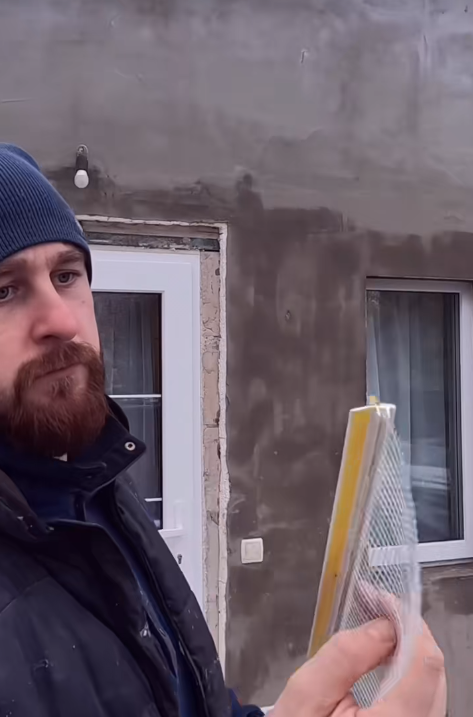
45-Degree Slopes in Sports and Recreation
For athletes and adventurers, 45-degree slopes are the stuff of dreams—or nightmares. In skiing and snowboarding, such slopes are considered expert terrain. Descending a 45-degree slope on skis requires high skill, quick reflexes, and confidence. Avalanche risk is also high on such steep inclines.
In mountain biking and trail running, 45-degree slopes present extreme challenges in both ascent and descent. Climbers and hikers know that going up a 45-degree trail demands strong legs and stamina, while going down calls for careful footing and joint protection.
Snowboarders often seek out these steep slopes for thrilling descents, while mountaineers face them as part of difficult ascents. The steepness tests not only physical endurance but also mental toughness.
Agriculture on 45-Degree Slopes
Farming on 45-degree slopes may seem impossible, but it has been done for centuries. In regions like Southeast Asia, the Andes, and parts of Africa, farmers have adapted by creating terraced agriculture. This system involves carving out steps into the hillside, allowing for flat planting areas.
This ancient method reduces erosion, conserves water, and maximizes arable land in regions where flat farmland is scarce. While labor-intensive, it is a highly effective way to cultivate food on steep terrain.
However, farming on such slopes is not without risks. Overuse, deforestation, and poor drainage can lead to soil degradation and slope failure. Sustainable practices are key to maintaining productivity and safety.
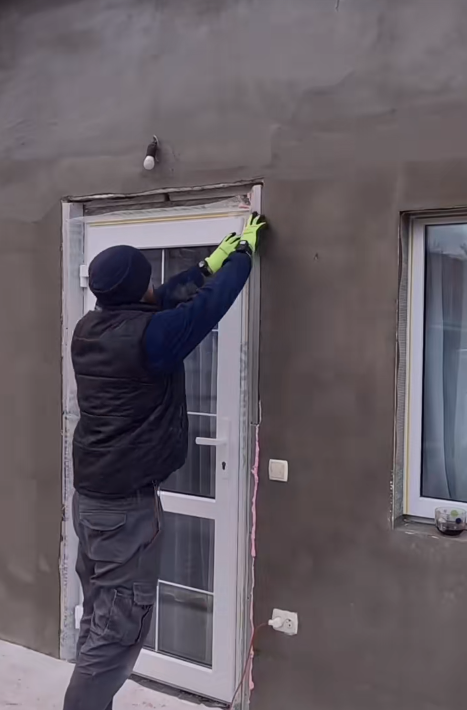
Safety and Environmental Concerns
Working, building, or playing on 45-degree slopes carries inherent risks. The primary concern is stability. Unstable slopes can shift or collapse, especially during storms or earthquakes. Erosion control, proper vegetation cover, and careful construction are essential.
Environmental concerns include deforestation, which can destabilize the slope, and urban development that increases surface runoff. Conservation efforts often focus on replanting vegetation, restricting development, and protecting watersheds.
For hikers or recreational users, it is essential to stay on marked trails, avoid disturbing vegetation, and be cautious during rainy seasons when paths become slippery and unstable.
Human Adaptation and Innovation
Despite the difficulties, humans have continuously adapted to living and working on 45-degree slopes. From hillside villages to vineyards clinging to rocky terrain, innovation allows people to use every available bit of land.
In modern times, technology has made it easier to survey and manage these areas. GPS-guided excavation, drone mapping, and advanced soil testing help engineers and planners make informed decisions. Architects have designed stunning hillside homes that embrace the slope rather than fight it.
Landscapers often use ground cover plants, geotextiles, and stone barriers to stabilize yard slopes around homes. Even in urban areas, sloped lots are turned into tiered gardens or modern stair-stepped buildings.
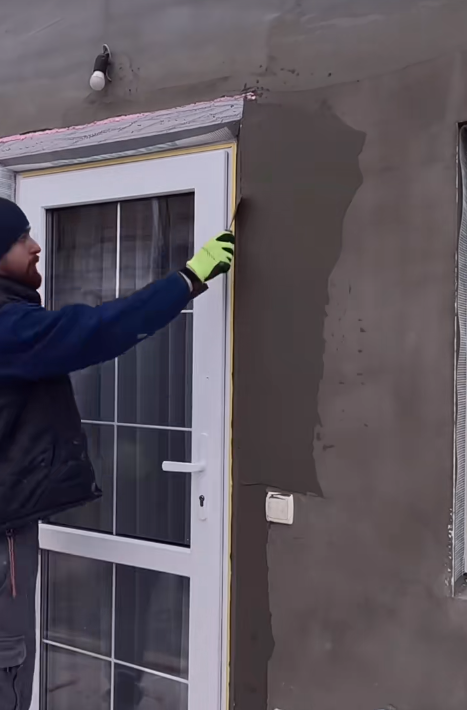
Conclusion: The Power and Potential of 45-Degree Slopes
A 45-degree slope is not just a technical angle—it’s a symbol of challenge and adaptation. Whether you’re hiking a mountain trail, engineering a hillside road, or farming rice on a terrace, the steepness tests your skill and creativity.
These slopes command respect, both for their natural power and for the innovative ways humans have learned to live with them. From risk to reward, 45-degree slopes are as dangerous as they are beautiful, as demanding as they are inspiring.
So the next time you face a 45-degree incline—whether on foot, by vehicle, or with a shovel in hand—remember, it’s not just a slope. It’s a meeting point between nature and human ingenuity.



